Description
Product Quick Info
- Model / Part: GE IS220UCSAH1A
- Family / Platform: GE Mark VI / UCSA (Embedded Controller)
- Primary Function: Processor / controller module for turbine control systems
- Key Features:
• Designed for GE Mark VIe (Speedtronic / turbine control) systems
• Embedded controller module with communications ports, LED indicators, and front-panel I/O
• Operates on 18–36 V DC power, around 12 W consumption
• Uses QNX real-time OS, single core (667 MHz in many units)
- GE IS220UCSAH1A
Applications & Industry Context
The GE IS220UCSAH1A is an embedded controller / processor designed as part of GE’s Mark VI (and Mark VIe / Mark VIeS) turbine control systems. Its role is to serve as one of the control modules in the system that manage gas, steam, or combined-cycle turbines, handling supervisory logic, HMI communications, and supporting I/O networks.
Within a turbine plant’s control architecture, this module is often used in redundant configurations (triple redundancy or as UCSA units in Mark VI systems) to ensure high availability. It interfaces with I/O modules via GE’s IONet or proprietary bus networks, exchanging real-time data such as temperature, pressure, speed (RPM), valve positions, alarms, and other critical control signals.
jects where older Mark systems are being modernized, allowing newer controller logic or additional capacity while retaining much of the existing I/O infrastructure.
Because it is tied closely to turbine control, the IS220UCSAH1A is typically found in utility, power generation, combined cycle, cogeneration, or industrial plants where reliable and deterministic control is essential.
Technical Features & Benefits
Here’s a breakdown of features and what they offer to users:
Core Processing & OS
- Uses a QNX real-time operating system, giving deterministic timing and task scheduling suitable for industrial control environments.
- Processors in typical units run at 667 MHz, single core, which is adequate for standard turbine control logic and HMI duties in the module’s intended roles.
Power & Consumption
- Operates from 18–36 V DC with a nominal draw of ~12 W in many documented units.
- Low power consumption helps reduce thermal stress and simplifies power supply requirements in generator control cabinets.
I/O & Networking
- Equipped with 5 Ethernet ports (for control, diagnostics, I/O network, and HMI communication) in many versions.
- Front panel includes multiple RJ-45 jacks, LED indicator channels (Power, Boot, Online, Flash, DC, Diag), Link / Act LEDs, and possibly USB connectors.
- Communicates with other Mark VI / Mark VIe modules and HMI / operator stations over Ethernet / network interfaces.
Environmental & Mechanical
- The module is designed to be mounted in cabinets, with side grills / vents for airflow, and is often provided with conformal coating for protection in harsh industrial environments.
- Operating temperature typically 0°C to 65 °C in many units.
- Cooling is passive (no fan required) in many documented cases.
Diagnostics, Modularity, & Maintenance
- Supports boot diagnostics, LED status monitoring, network health checks, and software error tracking.
- Modular design allows mounting adjacent UCSA modules in redundant banks.
- Often shipped with a 3-year warranty from specialized vendors.
- Surplus / used market listings typically label it as “Standalone Processor Module, 5 Ethernet ports, 18–36 VDC, 12 W”
Technical Specifications
| Specification | Detail / Typical Value |
|---|---|
| Model / Variant | GE IS220UCSAH1A |
| Platform / Family | Mark VI / Mark VIe / UCSA Embedded Controller |
| CPU / Core | 667 MHz, single core (typical) |
| Operating System | QNX real-time OS |
| Power Supply | 18–36 V DC |
| Power Consumption | ~12 W typical |
| Ethernet Ports | 5 ports (10/100 Mbps) in many documented models |
| Front Panel | RJ-45 connectors, USB port(s), status LEDs (Power, Boot, Online, Flash, DC, Diag, Link/Act) |
| Environment / Temperature | 0°C – 65°C typical units |
| Cooling | Passive (no fan required) in many units |
| Mounting / Enclosure | Cabinet or module mounting, with side vents / grills |
| Certifications / Usage | Used in turbine control / Speedtronic systems, often in NFPA Class 1, Div. 2 setups |
Installation & Maintenance Insights
From experience and user community references:
- Mounting & Ventilation: Install in a cabinet with proper airflow. Keep vents unobstructed to permit passive cooling.
- Power Wiring: Use stable 18–36 V DC source; ensure proper filtering and shielding to avoid noise intrusion.
- Network Cabling: Segregate control / I/O network cables and Ethernet plant network cables. Follow authorization for UCSA / IONet network topology.
- Commissioning: Use GE’s turbine control software tools (e.g. ControlST or related Mark VI configuration suites) to load firmware, calibrate, test communication links, and validate module status.
- Diagnostics Check: On startup, monitor LED indicators closely (Power, Boot, Online, Flash, DC, Diag). Any abnormal LED states can indicate hardware or software malfunction.
- Redundancy / Spare Strategy: In critical plants, maintain at least one spare IS220UCSAH1A module (or compatible UCSA module) with matching firmware version to allow rapid swap-out.
- Firmware / Software Updates: Always backup configuration and software before applying updates; verify version compatibility with field I/O and HMI subsystems.
- Storage / Handling: Use ESD-safe handling; store in dry, controlled environment to preserve internal components and conformal coatings.

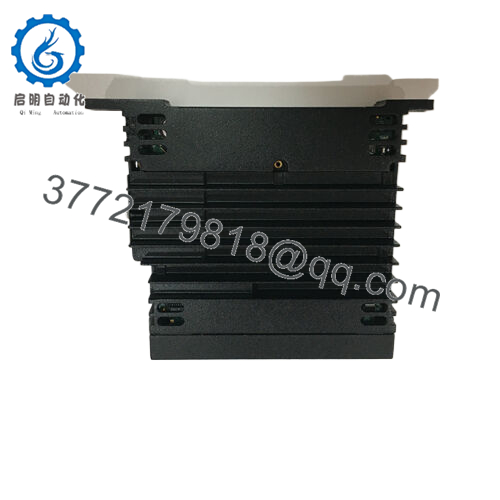
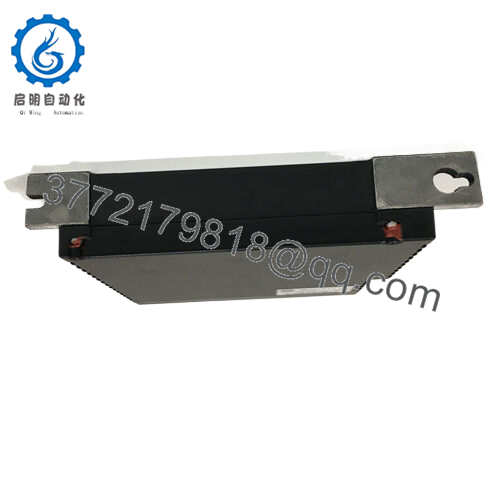
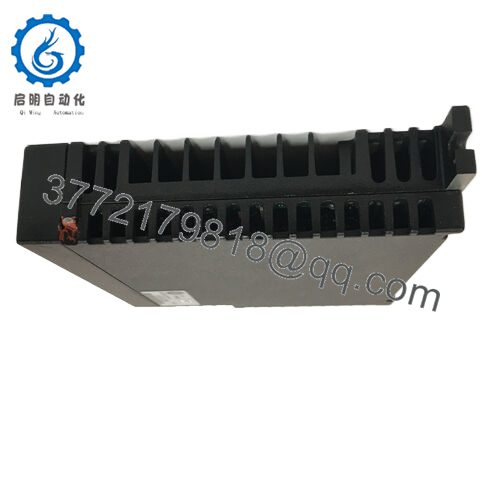
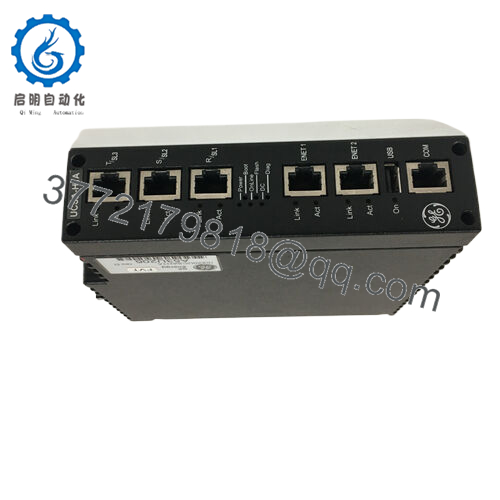
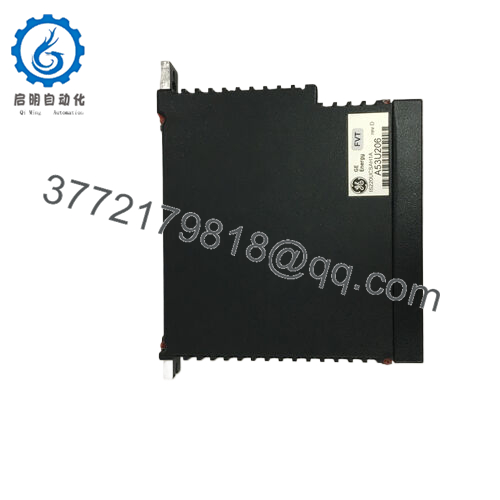
 WhatsApp: +86 16626708626
WhatsApp: +86 16626708626 Email:
Email:  Phone: +86 16626708626
Phone: +86 16626708626


